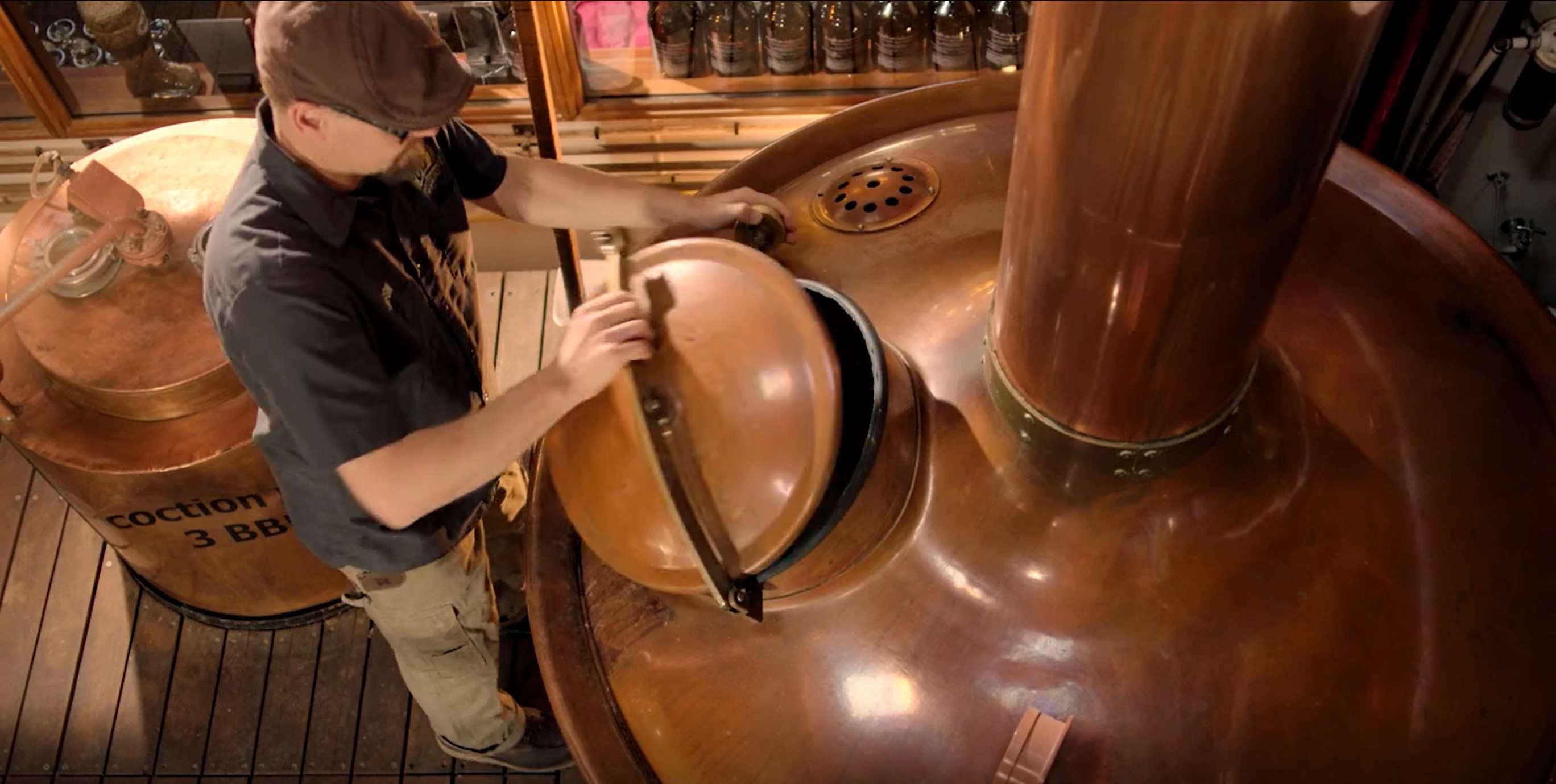Smart Drinking - Tips


Alcohol is absorbed into the body through the stomach and small intestine. Eating food before as well as while drinking slows down the rate of absorption - that's why alcohol affects people more quickly on an empty stomach.
Drinking water or other non-alcoholic drinks between alcoholic ones will dilute the alcohol in your stomach and slow absorption.
But it’s important to keep in mind that while the rate of absorption may change depending on what you eat and what else you drink, you cannot stop the alcohol from entering your system.
From the stomach and small intestine the alcohol travels into your blood, and then throughout the body, reaching the heart, brain, muscles and other tissues. Your body breaks down alcohol into other substances through metabolism; most of the metabolism of alcohol occurs in the liver through enzyme action.

On average, a person metabolizes 10-12 g of alcohol an hour, though this varies from person to person. All of this is dependent on factors such as your body mass, blood volume, gender, health, medications you may be taking, whether you’ve had food or not, and other factors. Contrary to popular belief, drinking a coffee or a couple of glasses of water won’t accelerate this metabolism. The only thing that will reduce the amount of alcohol in the bloodstream is time.
Legal limits of alcohol that define impaired driving are expressed as blood alcohol concentration (BAC), which means percentage of body alcohol concentration or amount of ethanol per 100 ml of blood. BAC limits vary by jurisdiction. You should not drive after drinking.